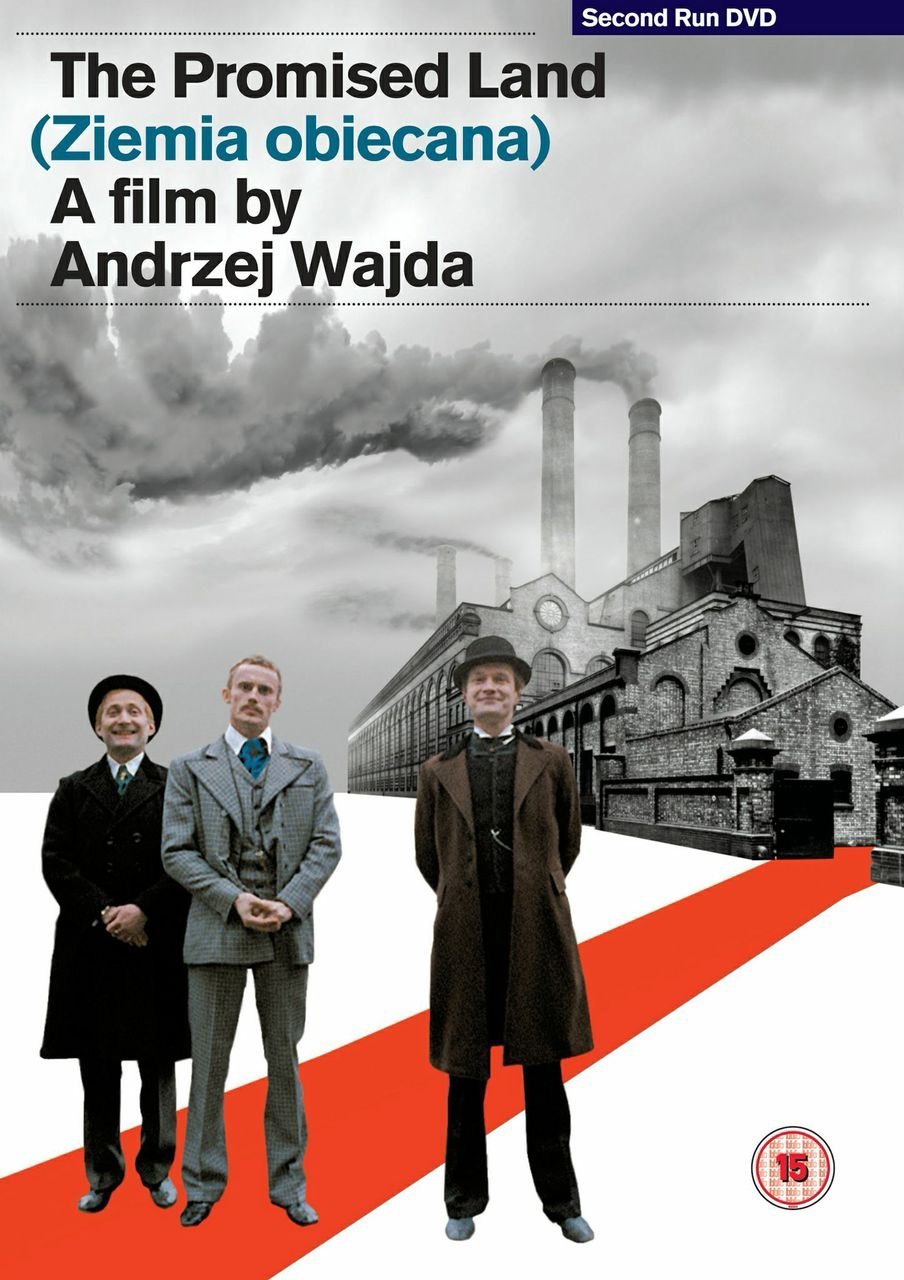Heads Up, Ears Down
This blog accurately identifies depictions of violence and cruelty toward animals in films. The purpose is to provide viewers with a reliable guide so that such depictions do not come as unwelcome surprises. Films will be accurately notated, providing a time cue for each incident along with a concise description of the scene and perhaps relevant context surrounding the incident. In order to serve as a useful reference tool, films having no depictions of violence to animals will be included, with an indication that there are no such scenes. This is confirmation that the films have been watched with the stated purpose in mind.
Note that the word depictions figures prominently in the objective. It is a travesty that discussions about cruelty in film usually are derailed by the largely unrelated assertion that no animals really were hurt (true only in some films, dependent upon many factors), and that all this concern is just over a simulation. Not the point, whether true or false. We do not smugly dismiss depictions of five-year-olds being raped because those scenes are only simulations. No, we are appalled that such images are even staged, and we are appropriately horrified that the notion now has been planted into the minds of the weak and cruel.
Depictions of violence or harm to animals are assessed in keeping with our dominant culture, with physical abuse, harmful neglect, and similar mistreatment serving as a base line. This blog does not address extended issues of animal welfare, and as such does not identify scenes of people eating meat or mules pulling plows. The goal is to itemize images that might cause a disturbance in a compassionate household.
These notes provide a heads-up but do not necessarily discourage watching a film because of depicted cruelty. Consuming a piece of art does not make you a supporter of the ideas presented. Your ethical self is created by your public rhetoric and your private actions, not by your willingness to sit through a filmed act of violence.
Padre Padrone
Paranormal Activity 2
Paranormal Activity 3
People Apart
People of the Mountains
People, Productivity and Change
A Perfect Child of Satan
Peter Rabbit and the Crucifix
Petey Wheatstraw: The Devil's Son-In-Law
The Phantom of Liberty
Edition screened: Criterion Blu-ray #290, in box set Three Films by Luis Buñuel, released 2021. French language with English subtitles. Runtime approximately 104 minutes.
The Phantom of the Opera (Fisher)
Physical Attraction/Classical Romance
Picnic (Harrington)
Picture to Post
Pictures of the Old World
A Pigeon Sat on a Branch Reflecting on Existence
Pigs
The Pit and the Pendulum
A Place Beyond Shame
Place Vendôme
Play Time
Pulse (Kurosawa)
Poetic Justice
Edition screened: Included on Criterion Blu-ray #607 A Hollis Frampton Odyssey, released 2012. English language. Runtime approximately 31 minutes.
Point of Terror
Portrait of Queenie
The Promised Land
Psychic Killer
 Psychic Killer (The Kirlian Effect). Ray Danton, 1975.
Psychic Killer (The Kirlian Effect). Ray Danton, 1975.😸
Edition screened: Vinegar Syndrome Blu-ray #120 released 2016. English language. Runtime approximately 90 minutes.






























